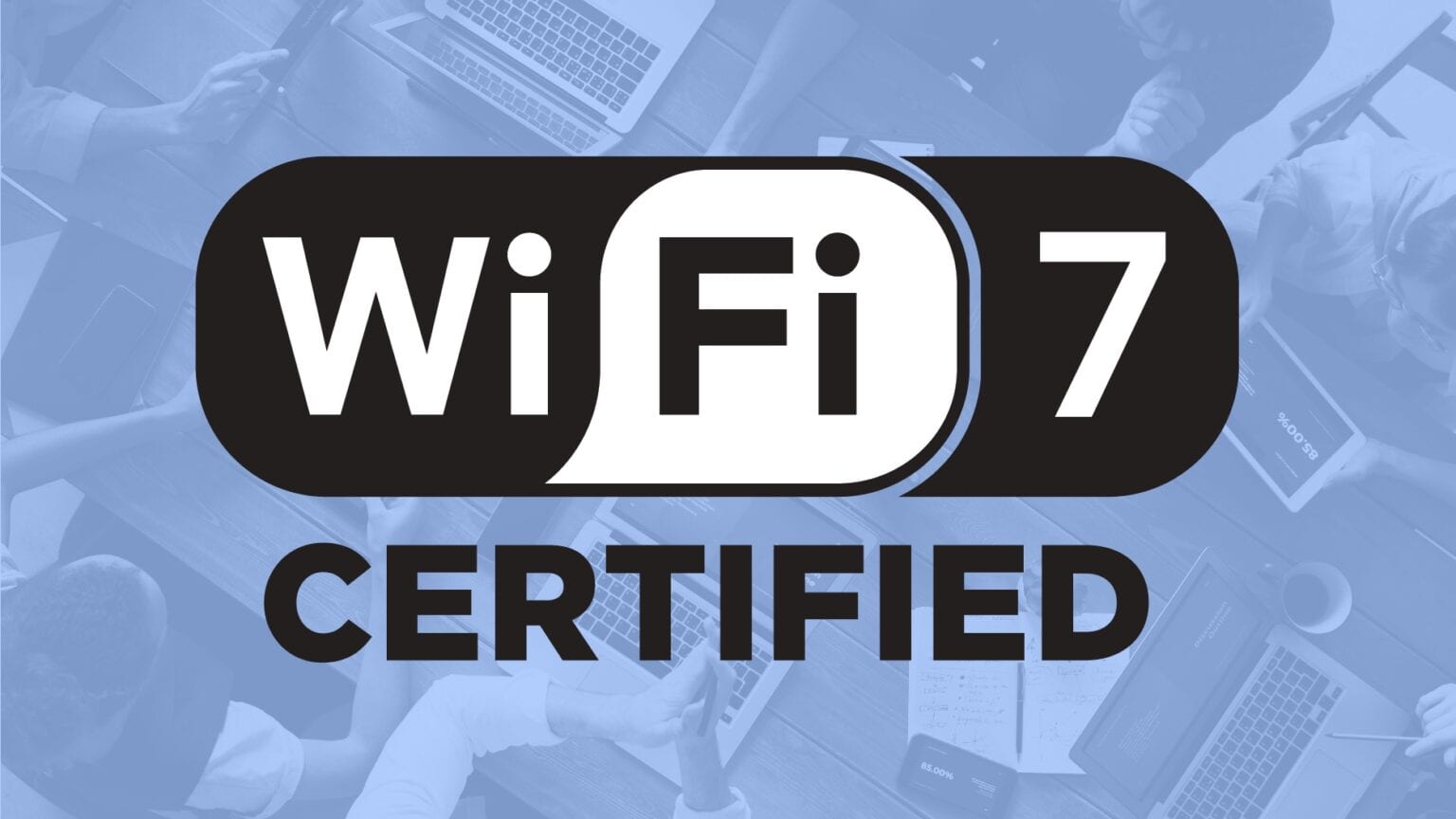Anyone shopping for a wireless router should get one that supports Wi-Fi 7. This new version will finally go mainstream this year, and you don’t want to miss out. Getting a Wi-Fi 7 router now makes sense if you want to have the fastest and most reliable internet connection possible, now and in the forseeable future.
Unlike most of its predecessors, the primary goal for Wi-Fi 7 isn’t more speed. Instead, it’s more about reliability. That said, a speed improvement is expected.
Here’s what we have to look forward to.
Wi-Fi is nearly ubiquitous but also unreliable
Wi-Fi debuted back in the 1990s with data transfers topping out at 2 Mbps. It might have faded into history except Apple built the wireless tech into the iBook in 1999.
The current version, Wi-Fi 6E, can go up to 2.4 Gbps. But that’s under ideal conditions. In reality, it’s subject to interference that slows down transfers.
No one wants their streaming video to keep pausing, or their downloads to creep along. But interference is also causing problems for the development of new types of mobile devices, like the upcoming Apple Vision Pro headset. AR headsets won’t be a success if they are burdened with wires, so high-speed, reliable Wi-Fi is critical.
Better, stronger, faster
Wi-Fi 7 (also known as IEEE 802.11be) will bring improvements to reliability and speed. Earlier versions used the 2.4 GHz and 5 GHz bands. Version 6E expanded to the 6 GHz band, and Wi-Fi 7 will make better use of the new band.
Macs, iPhones, iPads, etc., that support the new standard will offer multi-link operations. This means they’ll be simultaneously connected to a Wi-Fi 7 router over all three bands. If one of the three runs into interference, the computer and router can automatically switch to another that isn’t experiencing the problem.
Alternatively, MLO means data can simultaneously flow over both the 5 GHz and 6 GHz bands for much faster transfers.
Speaking of improvements to performance, Wi-Fi 7 increases the maximum channel width from 160 MHz to 320 MHz, potentially doubling the speed of data transfers. And it also has “puncturing,” in which it can build a wide channel around devices that are using small parts of the available spectrum.
“The benefit for a typical Wi-Fi 7 laptop is a potential maximum data rate of almost 5.8 Gbps. This is 2.4X faster than the 2.4 Gbps possible with Wi-Fi 6/6E and could easily enable high quality 8K video streaming or reduce a massive 15 GB file download to roughly 25 seconds,” said Intel.
You can already get a Wi-Fi 7 router
The Wi-Fi Alliance trade group is responsible for developing and certifying the new standard, and says the next version “will be available before the end of Q1 2024.”
But many companies are going ahead and releasing Wi-Fi 7 routers already. You can buy one today and expect a software upgrade to the final standard once it’s certified. (Check to make sure the device-maker commits to the update).
You don’t have to do this immediately, though, because your MacBook, iPhone and iPad don’t support the new standard. But there won’t be a long wait — iPhone 16 is expected to adopt the latest wireless tech this autumn. Apple laptops and tablets introduced in 2024 probably will as well.
That said, your next router should be a Wi-Fi 7 router, whether you buy it next week or next year. You’ll miss out on the sweet new improvements if it doesn’t.


